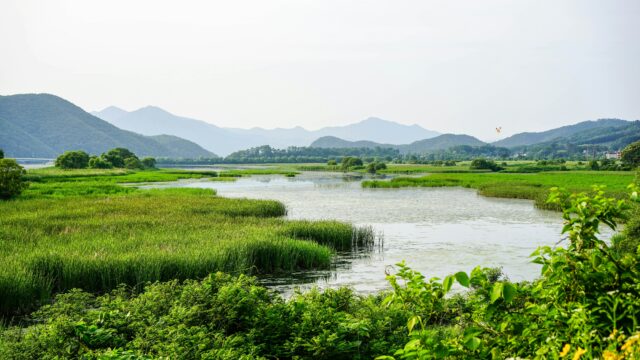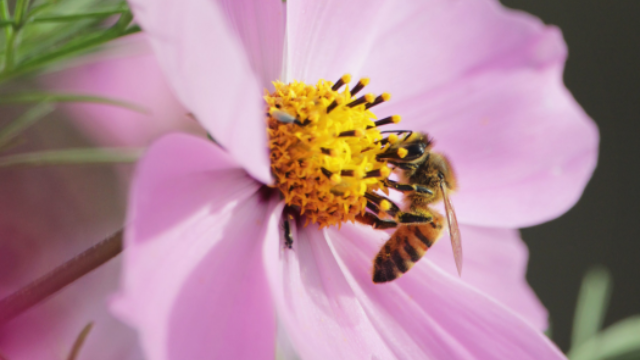From the shorelines of Malawi’s great lakes each evening you can see lights blinking of its surface as fishermen hang lamps to attract fish to their boats. It is from here that the famous Chambo comes, a white bream fish and much cherished national dish. The local saying goes that ‘you have not visited Malawi until you have tasted Chambo’.
But in recent years, the fish stocks in Lake Malawi have been declining. Fishermen have been forced to move further into the deep waters of the lake to find their catch, requiring new equipment that most cannot afford.
In the corridors of central departments and ministries, the government is acutely aware of the devastation that waning fish stocks are having on their communities. Fisheries generate jobs for 400,000 people and livelihoods for 2 million Malawians, and fish provides 40 per cent of the protein for the country.
Until recently, recognising the linkages between poverty alleviation and government spending on the environment has been a big challenge. Working for the Ministry of Tourism and Culture, Brighton Kumchedwa comments, ‘in a country like Malawi where poverty levels are so high, to say that we need to look after our wildlife sounds like we do not care for humans’.
Counting the costs
Working in partnership with the Poverty Environment Initiative (PEI), for the first time the Malawi government undertook an economic analysis to help them understand the costs and the benefits of protecting their environment across four areas fisheries, forestry, wildlife and soils.
The economic analysis revealed that environmental destruction is costing the country the equivalent of 5.3 per cent of GDP each year. That is more than the total funding allocated to education and health. It also showed that the failure to protect their environment is hitting the poorest the hardest. Soil erosion alone reduces agricultural productivity by 6 per cent, and if this yield were recovered, an additional 1.88 million people would be lifted out of poverty by 2015.
The Director of Economic Planning, Yona Kamphale, recalls the impact of the study,
‘Being an economist, you listen to the arguments, you see the linkages. It has made us understand that the issues of the environment are not for one person. It is an issue for everyone’.
The findings of the study went far beyond the corridors of government, hitting national papers with headlines of ‘US$191 million lost on natural resources yearly’ (The Malawi Democrat and The Nation). The headlines built on the evidence of a national study of the Malawi State of Environment and Outlook Report (MSEOR), which told a similar story of environmental degradation.
“ For the lives of fishermen and women on the lakes of Malawi the shift in policy direction signifies more stable incomes, greater resilience to climate change and new opportunities for local entrepreneurship.”
Changing course
On the back of the findings, and working closely with the PEI across ministerial departments, the government introduced a new chapter into their national plan (Malawi Growth and Development Strategy II for 2011 – 2016), which identifies climate change and natural resource management as one of the nine priority areas for the country.
In the next five years, the government would like to allocate 19,028 million kwacha (approximately US$50 million) to environmental programmes in order to support communities.
While this figure is still dwarfed by spending on other sectors, such as on HIV/AIDs and education, it marks a turning point for a government who had previously not invested significant funds in the environment as a means of tackling poverty.
The shift in direction at the national level has prompted change across economic sectors. In the case of fisheries, the new policy has a stronger emphasis on the protection and restoration of shallow waters in order to sustain capture fisheries and the livelihoods they support. It also promotes aquaculture fisheries as an alternative source of investment, but introduces tighter regulation for the private sector.
From policy to practice
Now that the national and sectoral transformation is underway, the more herculean challenges of implementation still lie ahead. Daisy Kambalame-Kalima, a representative from a local charity, points out that the principles need to be translated from blueprints to decisions. For her, there are still some inconsistencies with government policy. Supported by the World Bank, the Ministry of Agriculture and Food Security spends 85 per cent of their budget on a Farm Input Subsidy Programme, which reduces the price of seeds and fertilisers. The size of the subsidy is hindering investment in other areas and such high doses of synthetic fertilisers are likely to be damaging the soil.
The long term view
The process of hardwiring the connections between poverty and environmental protection into Malawi’s core development strategy will take time to implement. But, for the lives of fishermen and women on the lakes of Malawi the shift in policy direction signifies more stable incomes, greater resilience to climate change and new opportunities for local entrepreneurship. As long as the momentum for change is not lost, it will also mean that the famed Chambo fish species will thrive for future generations.
This article has been adapted from PEI’s recent publication - Stories of Change - that describe the progress being made by governments in mainstreaming poverty-environment into planning processes. Do read their full collection.


